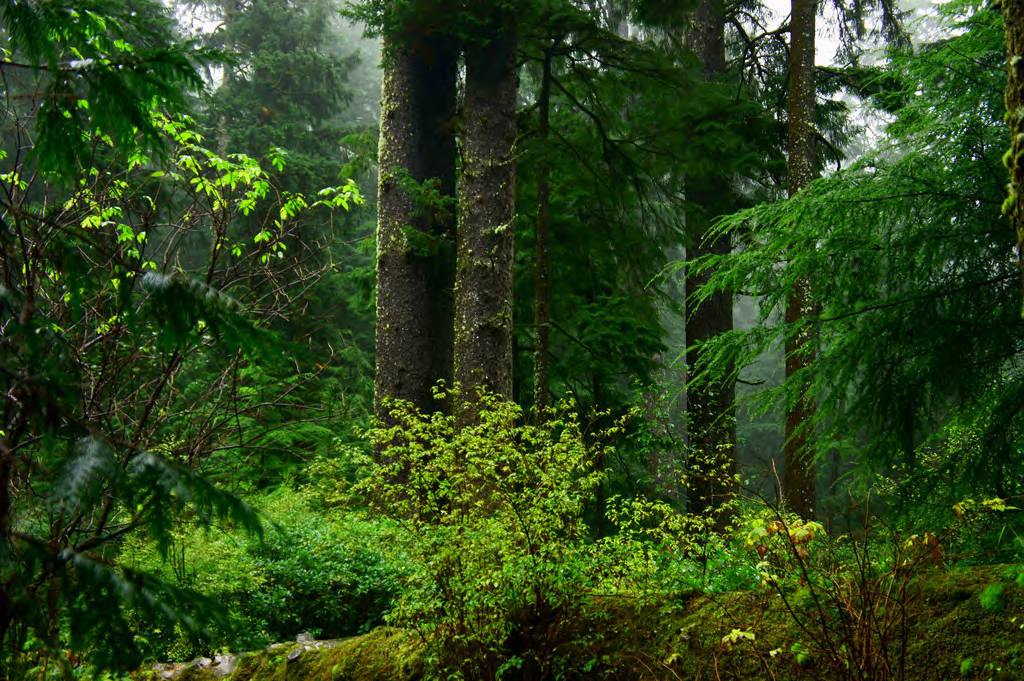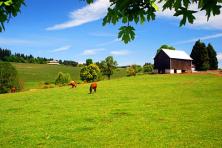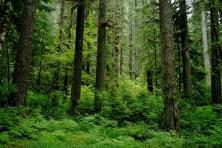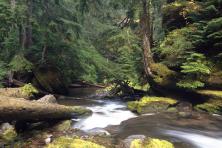In a Huffington Post column on the presidential election, Bianca Jagger says it’s “time to put climate change at the top of the political agenda.” Bianca sets out a comprehensive approach to climate change that beats anything being said by either of the candidates. The team at the Northwest Biocarbon Initiative particularly appreciates her section on the carbon soaking potential of forests:
PLANT A PLEDGE
"I was recently appointed Ambassador to the International Union for the Conservation of Nature (IUCN) Plant a Pledge Campaign. The aim of Plant a Pledge is to support the Bonn Challenge target, to restore 370 million acres of degraded and deforested land by 2020. This is the largest restoration initiative the world has ever seen.
The Global Partnership on Forest Landscape Restoration (GPFLR) has mapped five billion acres of deforested and degraded land across the globe - an area the size of South America - with potential for restoration.
Restoring 370 million acres of forest landscapes could sequester approximately 1 gigaton of carbon dioxide per year. In short, achieving the Bonn Challenge would make the same contribution, in a single year, as the total of the efforts so far under the Kyoto Protocol.
Restoration of degraded and deforested lands is not simply about planting trees. Restoration will repair the damage not only to ecosystems, but, crucially, to human lives. We will put people and communities first, transforming barren or degraded areas of land into healthy, fertile working landscapes. Restored land can be put to a mosaic of uses such as agriculture, protected wildlife reserves, ecological corridors, regenerated forests, managed plantations, agroforestry systems and river or lakeside plantings to protect waterways.
At the recent Rio +20 summit I held a press conference with the GPFLR, the IUCN where we announced landmark restoration commitments totaling 44.5 million acres. The United States Department of Agriculture's Forest Service showed exceptional leadership by pledging 38 million acres. This pledge is backed by the landmark United States Collaborative Forest Landscape Restoration Program, which in its first year has supported communities, local landowners and enterprises in creating 1,500 local jobs, $59 million of labour income, and a sustainable supply of wood products, while reducing wildfire risk and delivering a range of environmental benefits. Other pledges were made by the government of Rwanda - 5 million acres, and the Mata Atlantica Forest Restoration Pact of Brazil, a coalition of government agencies, NGOs and private sector partners, pledged 2.5 million acres.
We also welcomed the commitment to the Bonn Challenge of the Mesoamerican Alliance of Peoples and Forests, a forum of indigenous peoples and forest communities who together have legal rights over more than 40 million acres of territorial forest in Mexico, Guatemala, Honduras, Nicaragua, Costa Rica and Panama.
This is a good start. But we urgently need to put public pressure on governments and others who own or manage land to contribute to the Bonn Challenge target.
The Plant a Pledge campaign, devised by the IUCN aims to do just that. Each pledge at www.plantapledge.com supports a global petition directed at world leaders, which I will personally deliver, in my capacity as IUCN Plant a Pledge Campaign Ambassador at a major international event in the coming year.
Restoration can help lift millions of people out of poverty and inject more than US$80 billion per annum into local and global economies while reducing the gap between the carbon emissions reductions governments have promised and what is needed to avoid dangerous climate change by 11 to 17 per cent. And we will see the benefits not only in our lifetime, but in years to come.
The Stern Review on the Economics of Climate Change recognises that "curbing deforestation is a highly cost-effective way of reducing greenhouse gas emissions." Deforestation constitutes nearly 20% of the overall emissions, and is accelerating climate change. The world's forests store 289 gigatonnes of carbon in their biomass alone, and can be used as a tool to mitigate climate change."





